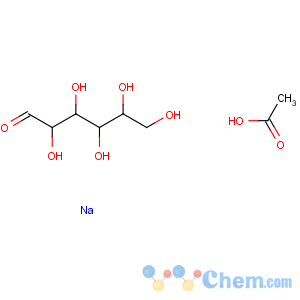You are here:
HomeProductscopy of sodium carboxymethyl cellulose
copy of sodium carboxymethyl cellulose
-

Molecular Structure
Detailed Description
The Carboxymethyl Cellulose (CMC) is produced by chemical modification of cellulose, the most abundant polymer in nature and a major component of wood and cotton.
Cellulose is a molecule consisting of between 2000 - 14000 residues of anhydroglucose, everyone carrying three reactive hydroxyl groups. These groups form many hydrogen bonds among adjacent chains, regularly packing the chains together to form stable crystalline regions and giving a complete insolubility in water and in most of the organic solvents. By replacing one or more of cellulose’s hydroxyls with carboxymethyl groups by etherification, water soluble CMC is obtained. The chemical modification runs through two steps: The first step is the treatment of the cellulose with caustic soda to break the crystalline clusters and obtain the alkali-cellulose complex, a substrate accessible to following reactions. The second step is the etherification reaction between the alkali-cellulose complex and Mono Chloroacetic Acid (MCA) with consequent formation of CMC and Sodium Chloride as by-product.
Cell-OH + NaOH Alkali-cellulose
Alkali-Cell + ClCH2COOH Cell-O-CH2COONa + NaCl + 2H2O
After the reaction NaCl, Sodium Glycolate and other impurities can be removed by treatment with an aqueous solvent to obtain pure grade CMC.
ClCH2COONa + NaOH HOCH2-COONa + NaCl
Varying both the length of the polymer backbone and the number of substitutive carboxylic derivative a wide range of CMC grades are manufactured, providing different levels of viscosity and tuning the several properties of the polymer.
In fact CMC acts as thickener, rheology modifier, water retention aid, filtration reducer, binder, dispersant, protective colloid, floating aid, crystallization inhibitor, ions exchanger, etc. This wide range of properties makes CMC virtually useful everywhere water is involved in a process and more typically in ceramics, coatings, detergency, drilling fluids, food, mining, paper, textiles (sizing and printing)… .
Besides CMC is physiologically inert, chemically stable, odorless and tasteless, not dangerous for health and environment.

- copy of sodium carboxymethyl cellulose




